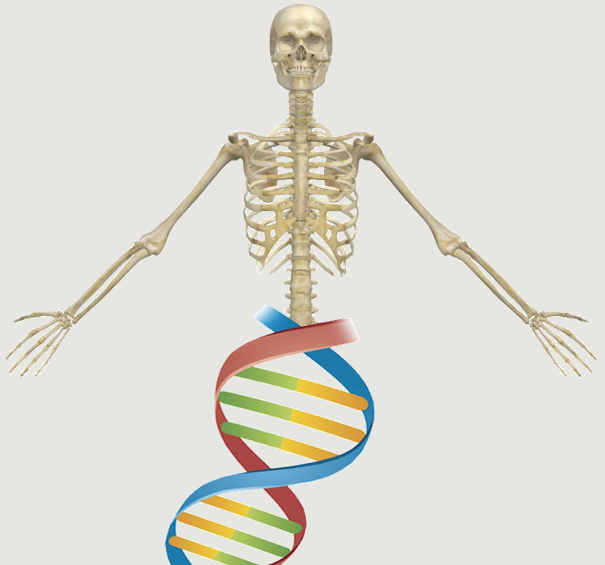Abstract:
OBJECT: The authors hypothesized that spinal fusion can be achieved and monitored by using cell-mediated gene therapy. Mesenchymal stem cells (MSCs) genetically engineered to express recombinant human bone morphogenetic protein-2 (rhBMP-2) conditionally, were implanted into the paraspinal muscles of mice to establish spinal fusion. The goal was to demonstrate an MSC-based gene therapy platform in which controlled gene expression is used to obtain spinal fusion in a murine model. METHODS: Mesenchymal stem cells expressing the rhBMP-2 gene were injected into the paravertebral muscle in mice. Bone formation in the paraspinal region was longitudinally followed by performing micro-computerized tomography scanning, histological studies, and an analysis of osteocalcin expression to demonstrate the presence of engrafted engineered MSCs. The minimal period of rhBMP-2 expression by the engineered MSCs required to induce fusion was determined. The results of this study demonstrate that genetically engineered MSCs induce bone formation in areas adjacent to and touching the posterior elements of the spine. This newly formed bone fuses the spine, as demonstrated by radiological and histological studies. The authors demonstrate that injected cells induce active osteogenesis at the site of implantation for up to 4 weeks postinjection. They found that a 7-day induction of rhBMP-2 expression in genetically engineered MSCs was sufficient to form new bone tissue, although the quantity of this bone increased as longer expression periods were implemented. CONCLUSIONS: After their injection genetically engineered MSCs can efficiently form new bone in the paraspinal muscle of the mouse to obtain spinal fusion. The extent and quantity of this newly formed bone can be monitored by controlling the duration of rhBMP-2 gene expression.
Notes:
Hasharoni, Amir Zilberman, Yoram Turgeman, Gadi Helm, Gregory A Liebergall, Meir Gazit, Dan eng 2005/08/27 09:00 J Neurosurg Spine. 2005 Jul;3(1):47-52.
Website

